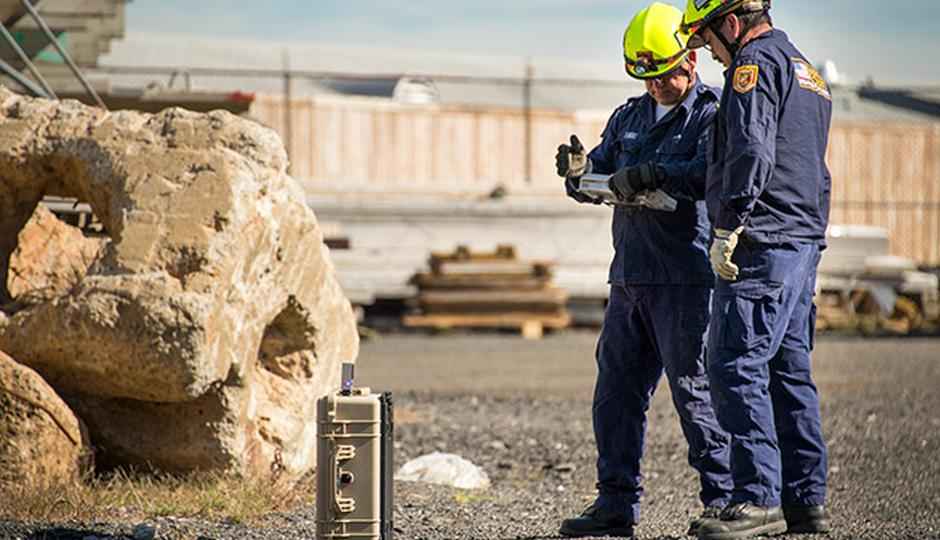NASA tech helps find survivors in Nepal Earthquake disaster
NASA's heartbeat detecting tech helps save the lives of Nepal Earthquake survivors.

NASA new technology that can sense heartbeats, helped save the life of people trapped in rubble days after the earthquake disaster struck Nepal on April 25. The new prototype technology called FINDER (Finding Individuals for Disaster and Emergency Response) uses microwave-radar technology to find people trapped under debris by sensing and locating their heartbeats. Two FINDER prototypes developed by NASA and the Department of Homeland Security’s (DHS) Science and Technology Directorate were brought to Nepal to help with rescue efforts on April 29.
 Survey
SurveyDHS stated that the technology was able to help as it can tell the difference between a human heartbeat and the heartbeats of other living things. Another benefit from the FINDER prototype is that it finds beating hearts so people trapped in the rubble don’t need to be conscious in order to be saved. NASA states that the device can detect people from a distance of 100 feet across an open space or buried under up to 30 feet of rubble. The tech can find the location of trapped individuals to within about five feet of their location. According to reports, the device is moving into a commercial enterprise phase, and will soon be available for purchase by rescue agencies and organizations around the world.
DHS Under Secretary for Science and Technology Dr. Reginald Brothers stated, "The true test of any technology is how well it works in a real-life operational setting. Of course, no one wants disasters to occur, but tools like this are designed to help when our worst nightmares do happen. I am proud that we were able to provide the tools to help rescue these four men." "NASA technology plays many roles: driving exploration, protecting the lives of our astronauts and improving–even saving–the lives of people on Earth," said Dr. David Miller, NASA's chief technologist at NASA Headquarters in Washington. "FINDER exemplifies how technology designed for space exploration has profound impacts to life on Earth."
The areas affected by the Nepal earthquake disaster have become a testing ground for emerging technologies. A company called Skycatch has been using its drones to map aid efforts in Nepal. The drones are able to provide high-resolution imagery that can be used to photograph areas to learn more about the damage caused by the earthquake. Another company called DigitalGlobe has open-sourced its satellite imagery of Nepal to users, asking them to help map damage caused by the earthquake. Read: Nepal Earthquake: What you can donate
Source: JPL.NASA
Silky Malhotra
Silky Malhotra loves learning about new technology, gadgets, and more. When she isn’t writing, she is usually found reading, watching Netflix, gardening, travelling, or trying out new cuisines. View Full Profile